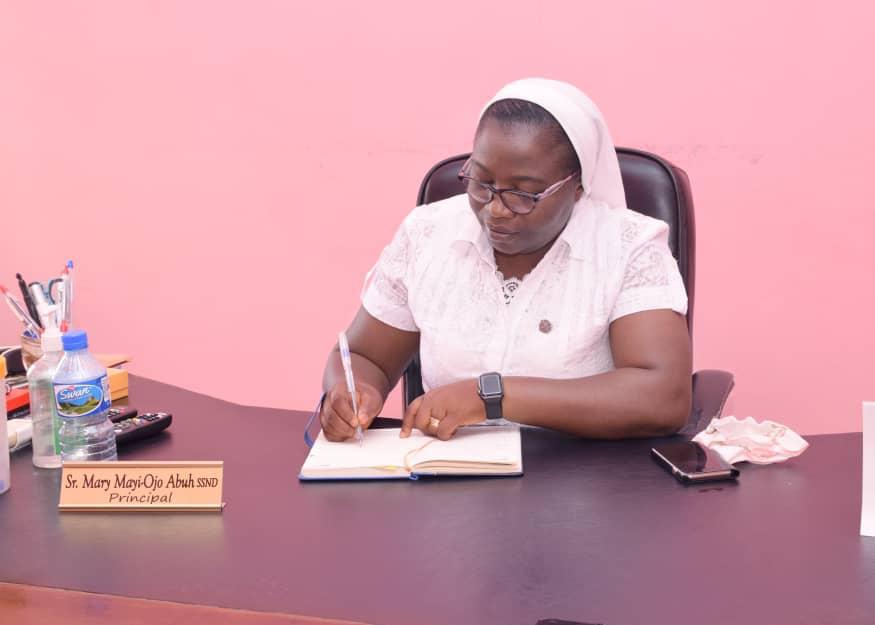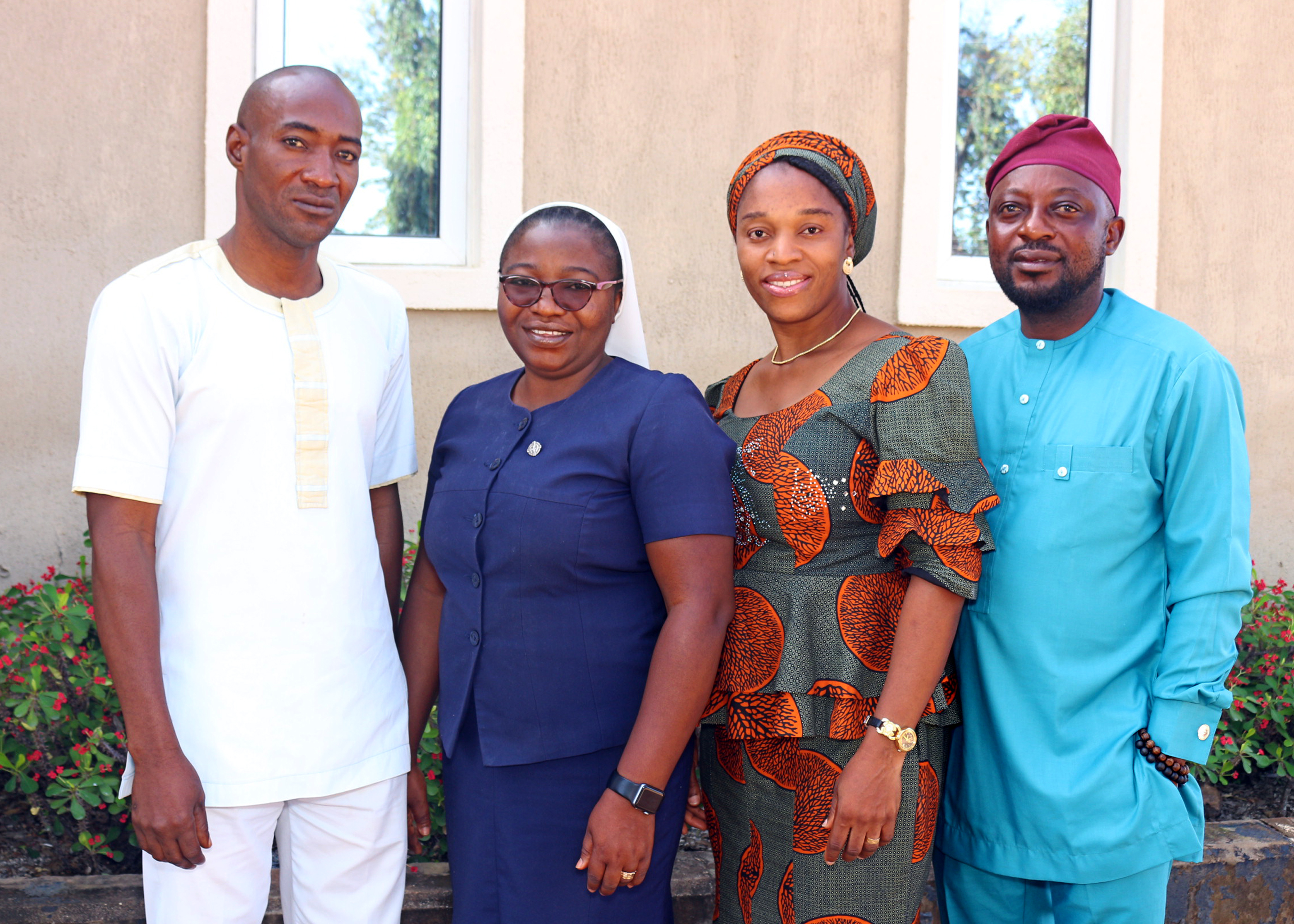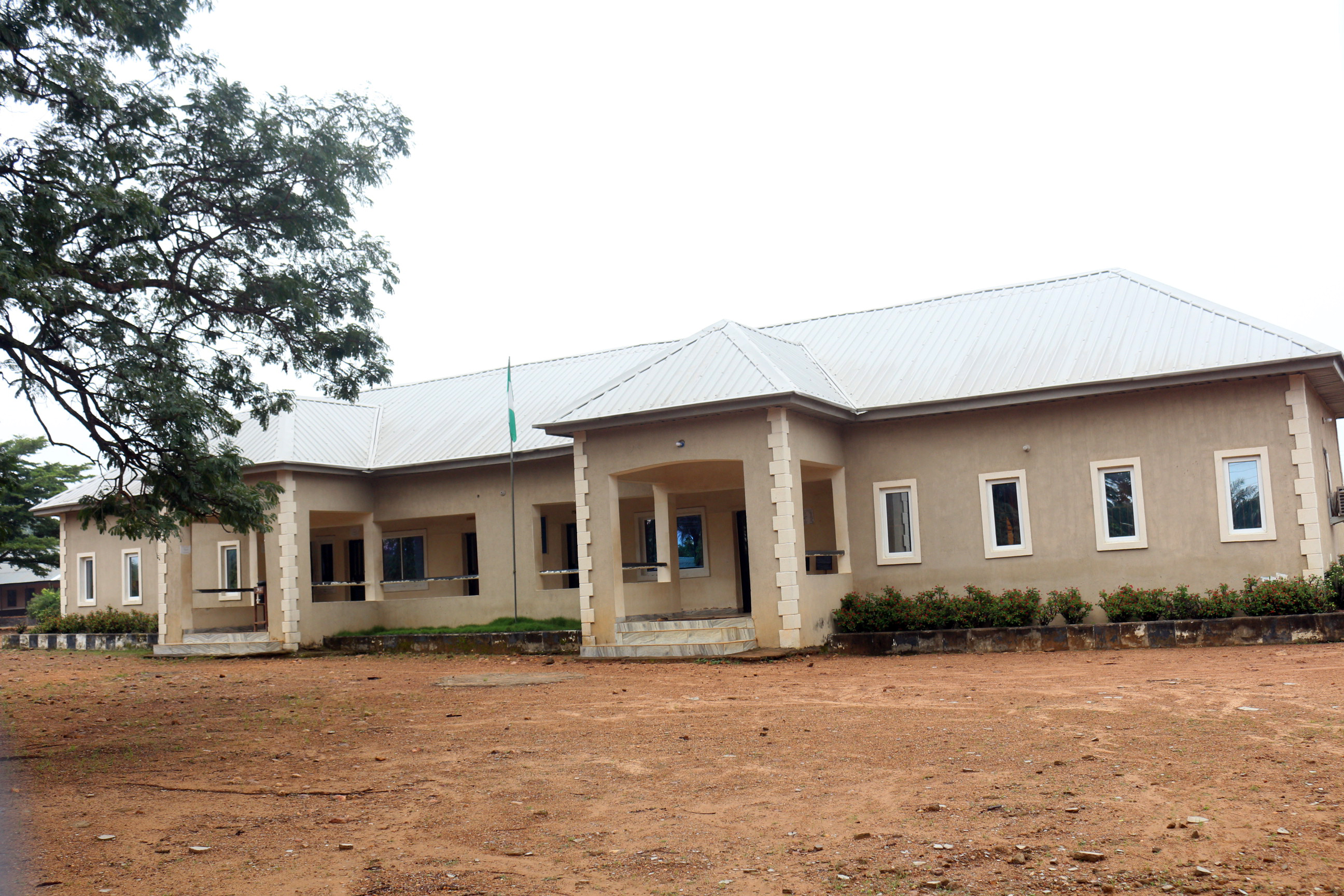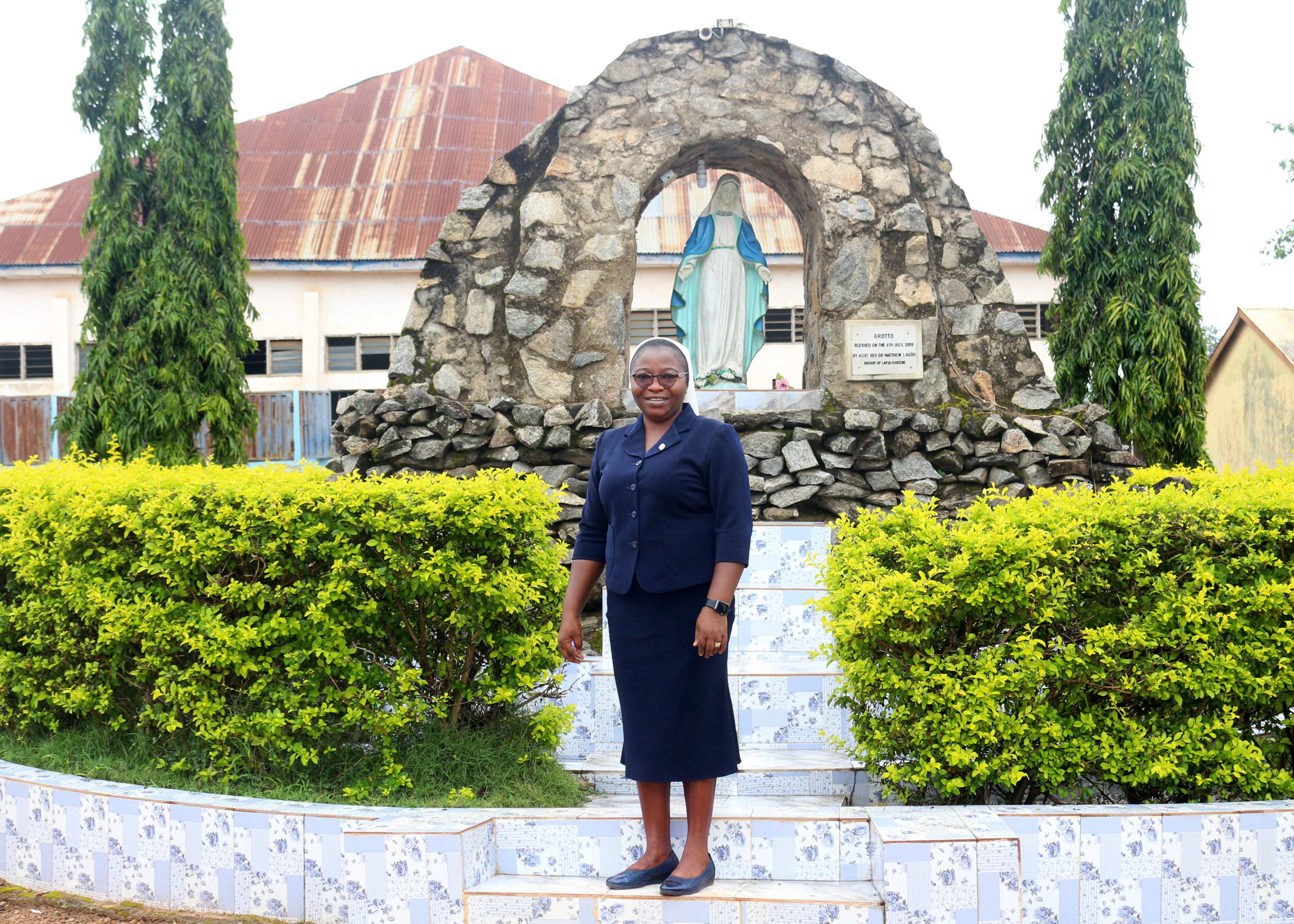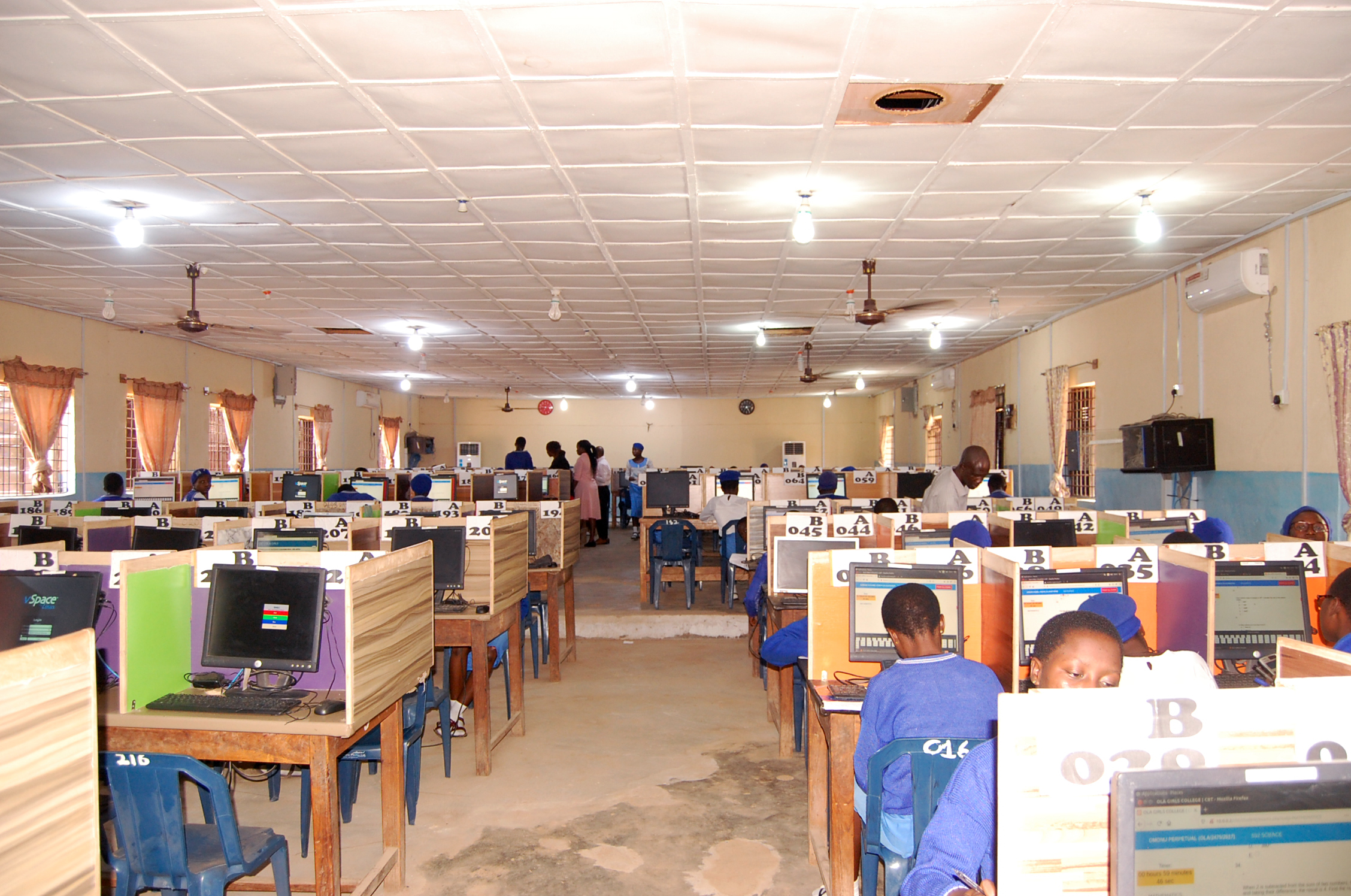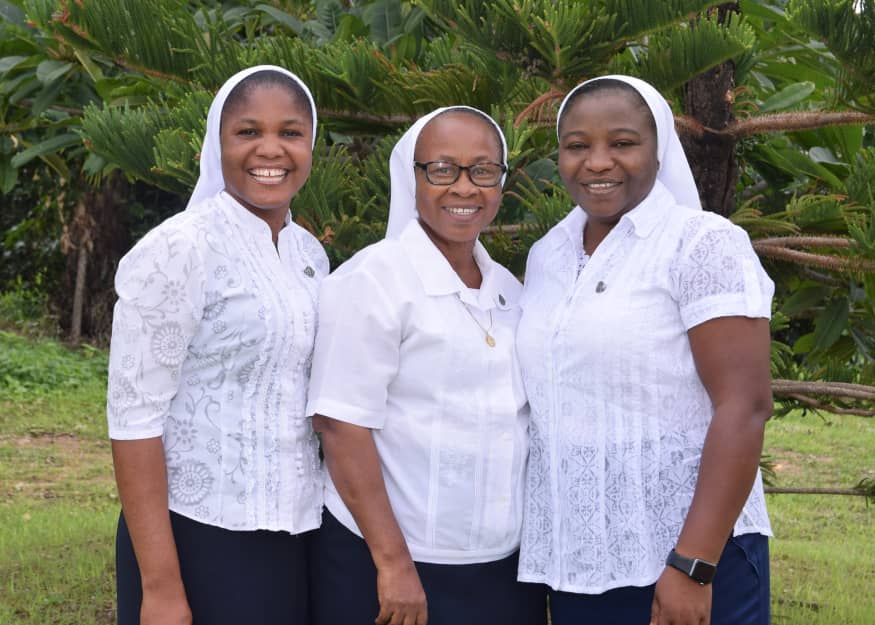WELCOME TO
OUR LADY OF APOSTLES Girls' College, Akwanga
The Our Lady of Apostles Girls’ College is located in Akwanga between the St. Patrick’s Catholic Church, and Akpata, the headquarters of Akun Development Area, Nasarawa State. OLA Girls’ College has a serene and conducive environment for academic activities.
Furthermore, it is worthy of note that, OLA Girls' College started as a Teachers' Training College at Zawan, in the old Plateau State on the 1st January 1953 with a small population of ten students and three teaching staff. The population of students rose to Thirty (30) in 1957.
On the 9th of September 2004, the college was given back to her rightful owners, the Catholic Mission of the Diocese of Lafia under the Episcopal leadership of the Rt. Rev. Dr Ishaya Mathew Audu, with Chief Mrs A.D Tor; an ex-student of the college as principal. The college took off on the 10th October 2004 with a small students' population of 164 in JSS One and SSS One. With the handing over of the college to the Mission, the college was renamed, Our Lady of Apostles Girls' College.
The School Sisters of Notre Dame (SSND) took over the administrative role of the college in 2009. The number of students and staff has been growing steadily over the years. From 2004 to 2006, the population of students rose to 400 and 26 teaching and 10 non-teaching staff were enlisted. Today, OLA Girls' College has a highly controlled number of students; in any case, about 500 students. There are 42 teaching staff and 36 non-teaching staff as well as an experienced professional counsellor.
The entire OLA land is highly fortified with a fence; and inside, the students' hostels are fortified with a Ringed barbed wire (Razorwire) running around the fort (fence) to ensure the safety of students. Adding to that, the school has her security operatives as well as a band of heavily armed police from the state police command. The hostels are built in such a way that they accommodate 1, 500 students, well ventilated.
The college gets water supply from Water Board daily, in addition to the two electrified boreholes the college constructed to supply water to her students. The foresighted administrators of the college constructed Six (6) water reservoirs at strategic points capable of serving the students' water needs for three (3) weeks before repumping.
To be safe from any power outage, an 80 KVA MIKANO standby Power Generating Plant has been installed by the Parent-Teacher Association (P.T.A). The School Sick Bay, courtesy of the P.T.A, has an experienced nurse with a double qualification who is in charge.
OLA Girls' College has well-equipped Science Laboratories and a Library for research verifications and findings. The college has three (3) halls in the capacities of 1000, 1600 and 2000 seats, for chapel, dining and multi-purpose, respectively. The other interesting and inspiring aspect is the Computer ACCESS ROOM the college has, with 100 computers where the students do practicals and get information from the internet. In addition the school is equiped with a AMB approved Computer Based Test (CBT) center with well over 280 Systems
Also, to the students' advantage, the college has incorporated co-curricular activities. Which includes;
- Religious Societies: The Choir, YCS, FCS.
- Clubs and societies: Literary and Debating Society, Drama, Press Club, HIV/AIDS Awareness Club, Road Safety Club, Red Cross, Women of Order and Discipline, JETS, Shalom Clubs.
- Sports and Games: Football, Volleyball, Handball, Badminton, Basketball, Table Tennis..
In the aspect of Games and Sports, OLA trains under qualified professionals. The Basketball team of the school has on several occasions, represented the state in competitions at the Federal level and came back victorious. The school’s Inter-House Sports Competition as an annual event is often looked forward to and keenly competed in for prizes (Certificates, Trophies) which are awarded to the winners/winning houses.
The college also celebrates her Cultural Day annually. Here, the students of diverse cultural backgrounds display the beauties of the rich African cultural heritage with emphasis on Unity in Diversity. OLA Shining Stars, the school Choir has won many prizes at different competitions in and out of Nasarawa state. To keep abreast of our student's academic performance and intellectual growth, the college chooses one day every term as appraisal day. On this day, parents come to the school and evaluate their children's response to teaching as well as the learning and give feedback.
This enables the School Management to know whether the standard is being maintained and the goals achieved.
